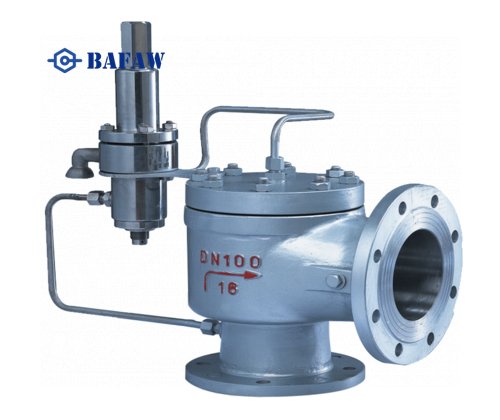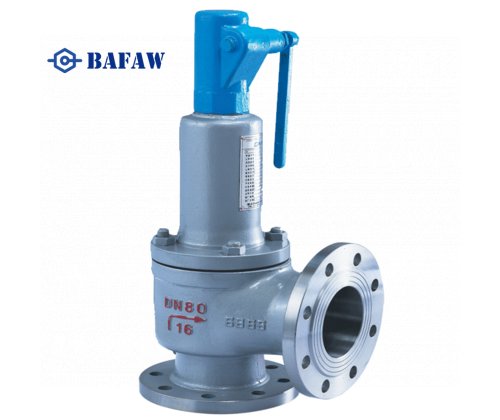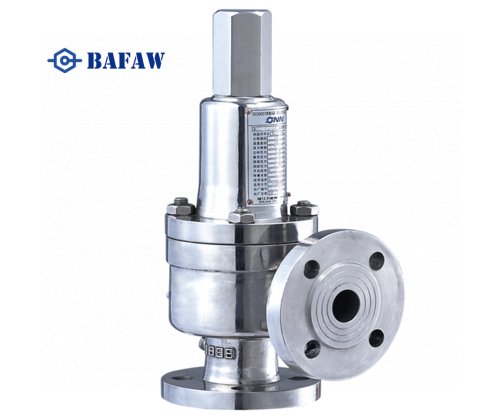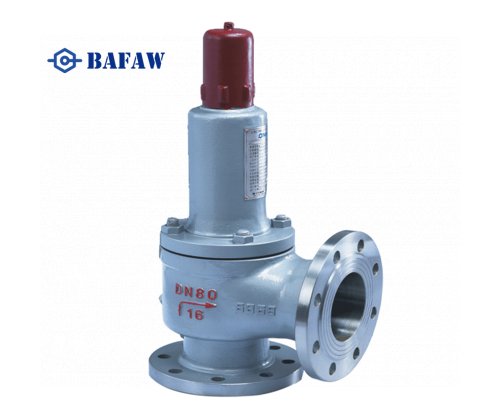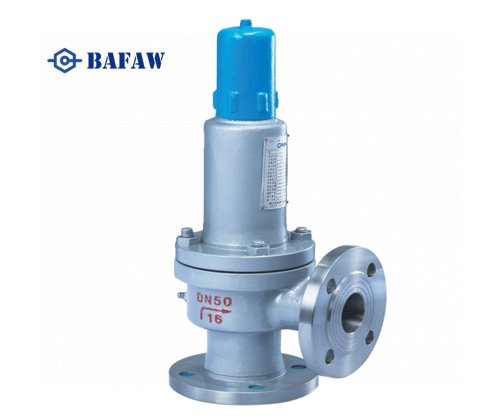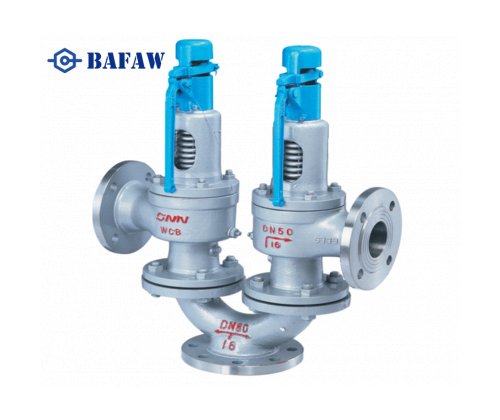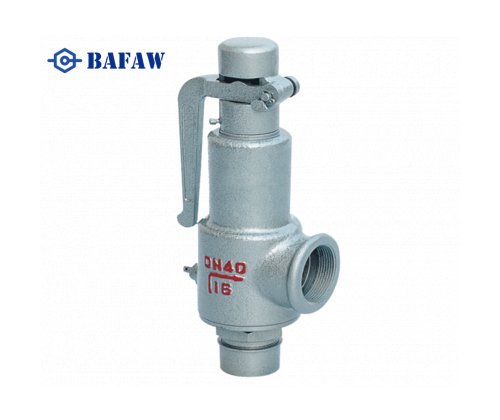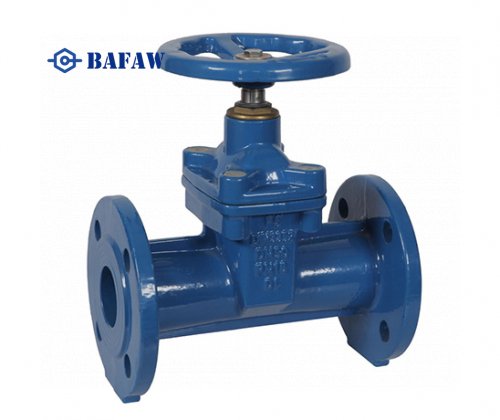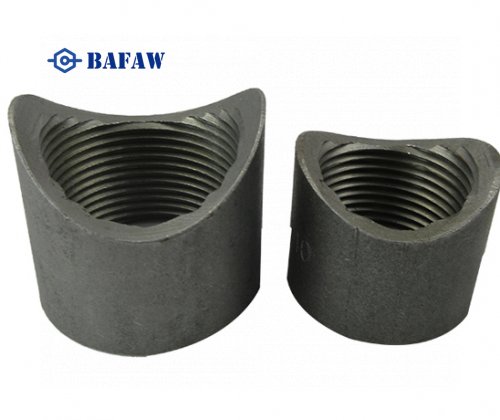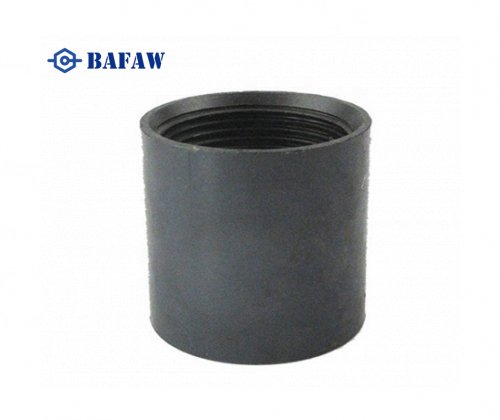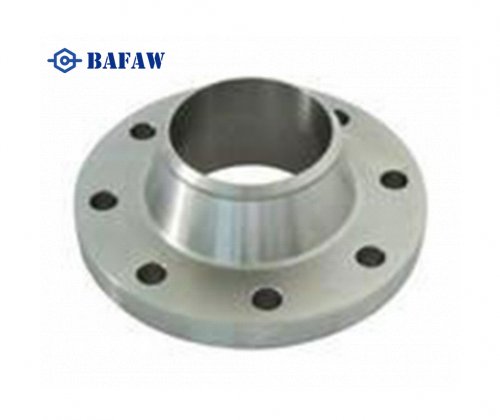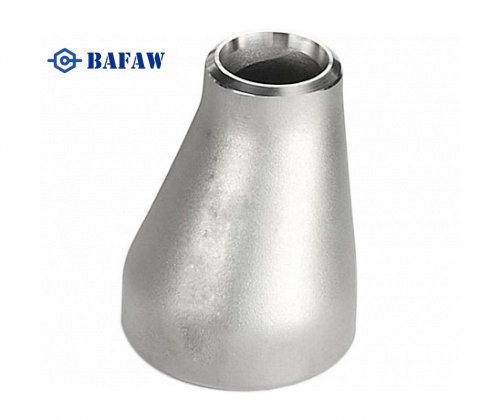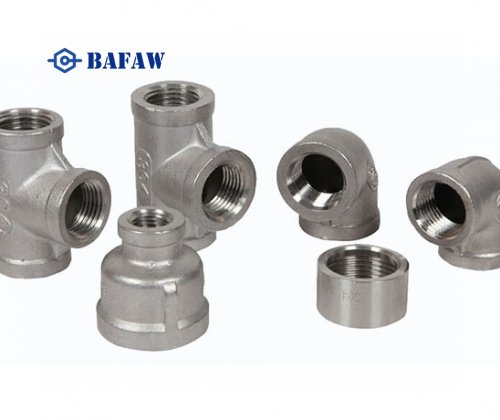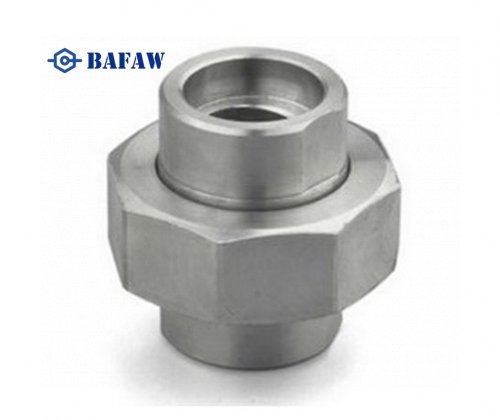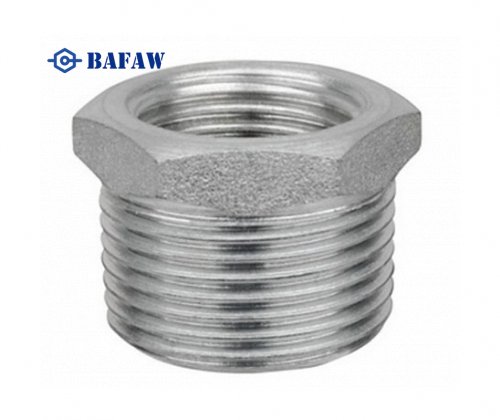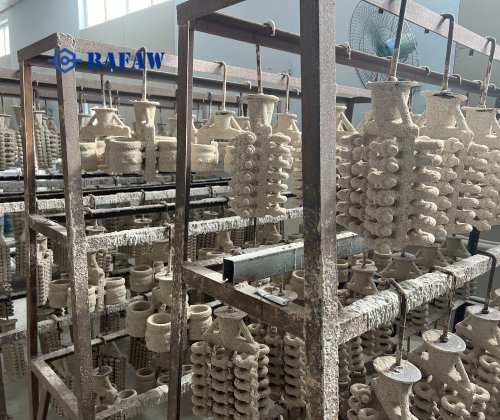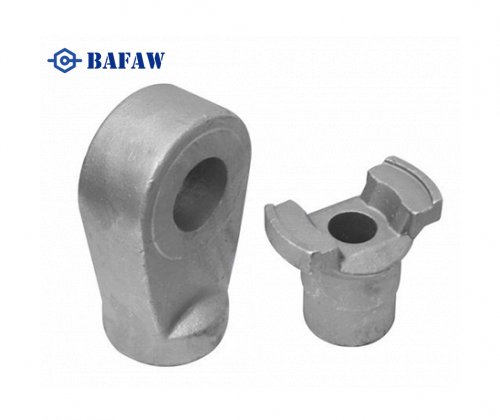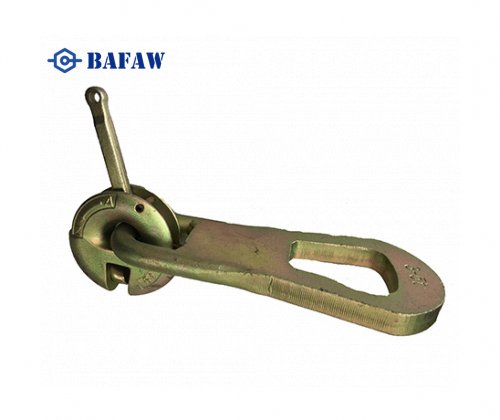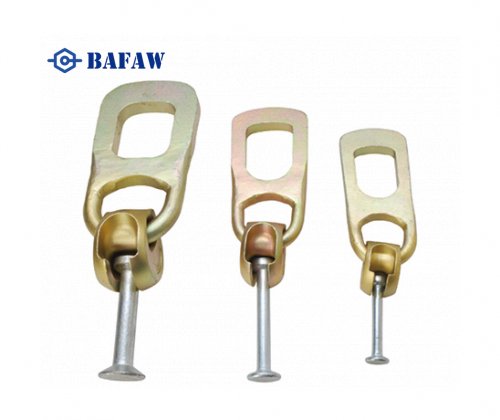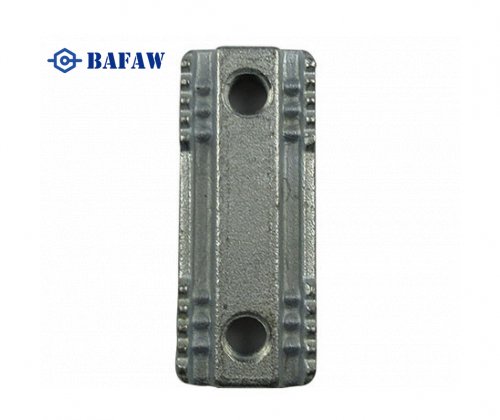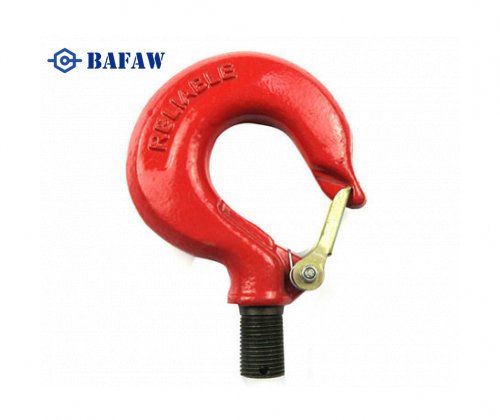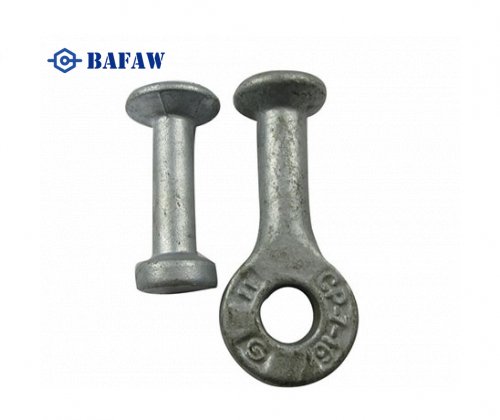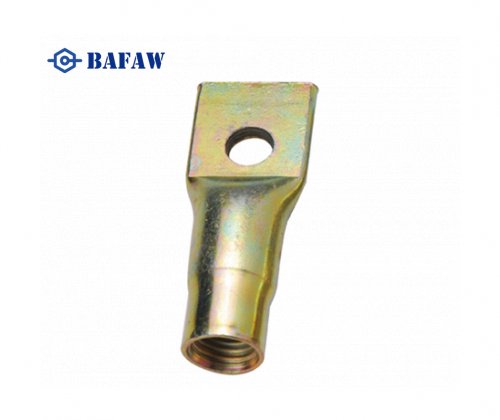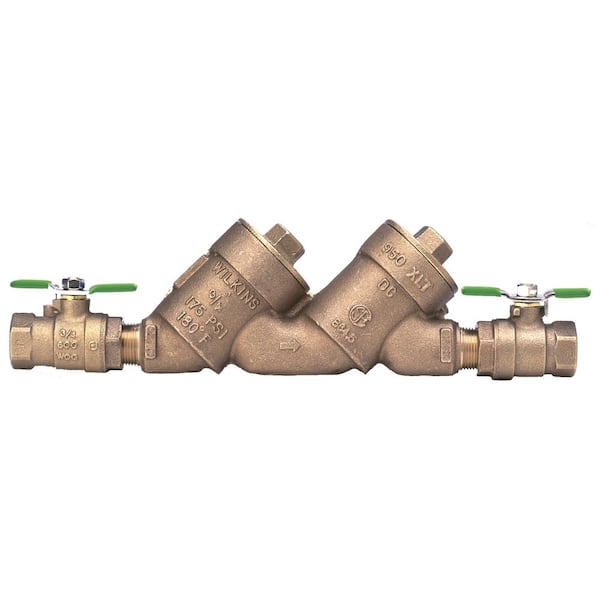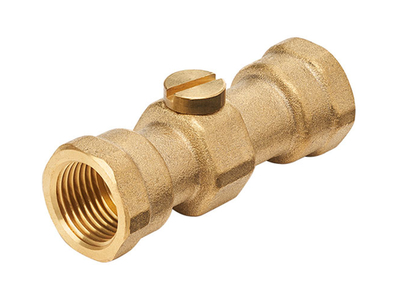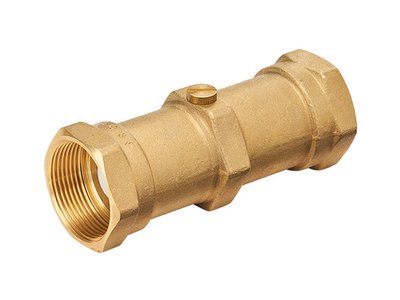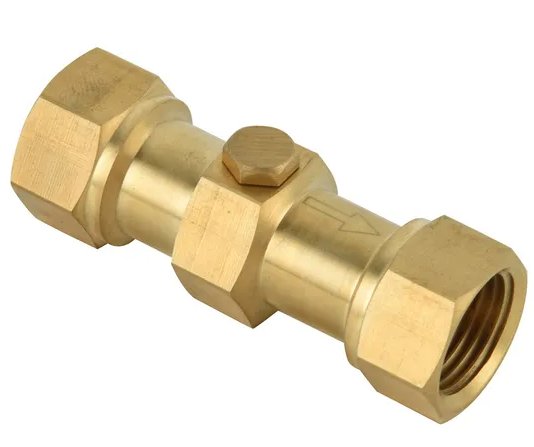Double check valves protect safe water systems. They play a vital role in protecting drinking water sources and safe recreational waters. They prevent dirty or dangerous substances from seeping back into safe pipelines.
These valves operate by employing two one way doors, so that if one fails, the other can still prevent backflow. This is critical for residential and commercial buildings. This is particularly critical in large high-rise buildings, where water pressure fluctuations are very large and the stakes are much higher.
Protecting Your Water Supply
A double check valve is like a sentry between the potential dangers and your safe water supply. It prevents used or contaminated waters from contaminating fresh water, which protects the drinking water supply.
This is critical at sites where any error, no matter how minor, could result in illness or hazardous exposure. Remember that maintenance is important. Without ongoing maintenance double-checked by specialized individuals, you may not discover a valve has failed until it’s too late.
A Shield Against Contaminants
Double check valves prevent contaminants such as soil, chemicals, or even feces from entering drinking water lines. They accomplish the above most effectively in low-risk places, such as typical residences or small workplaces.
In larger or higher hazard areas, such as hospitals or manufacturing facilities, higher level valves may be required. Having two check valves greatly reduces the probability of a catastrophic failure in the event that one should fail. That doesn’t eliminate the risk.
Meeting Critical Safety Rules
In fact, many jurisdictions around the world legally mandate double check valves for these types of installations. These rules ensure that each structure passes at least a minimum set of safety standards.
When industries follow these codes, there are fewer risks and more public confidence in the water supply.
Compared to Other Preventers
Double check valves are less complex and expensive than other preventers, such as reduced pressure zone devices. They are particularly effective in low-hazard locations, but may not be appropriate in areas where the risk is higher.
Every decision is made based on the level of risk and community guidelines.
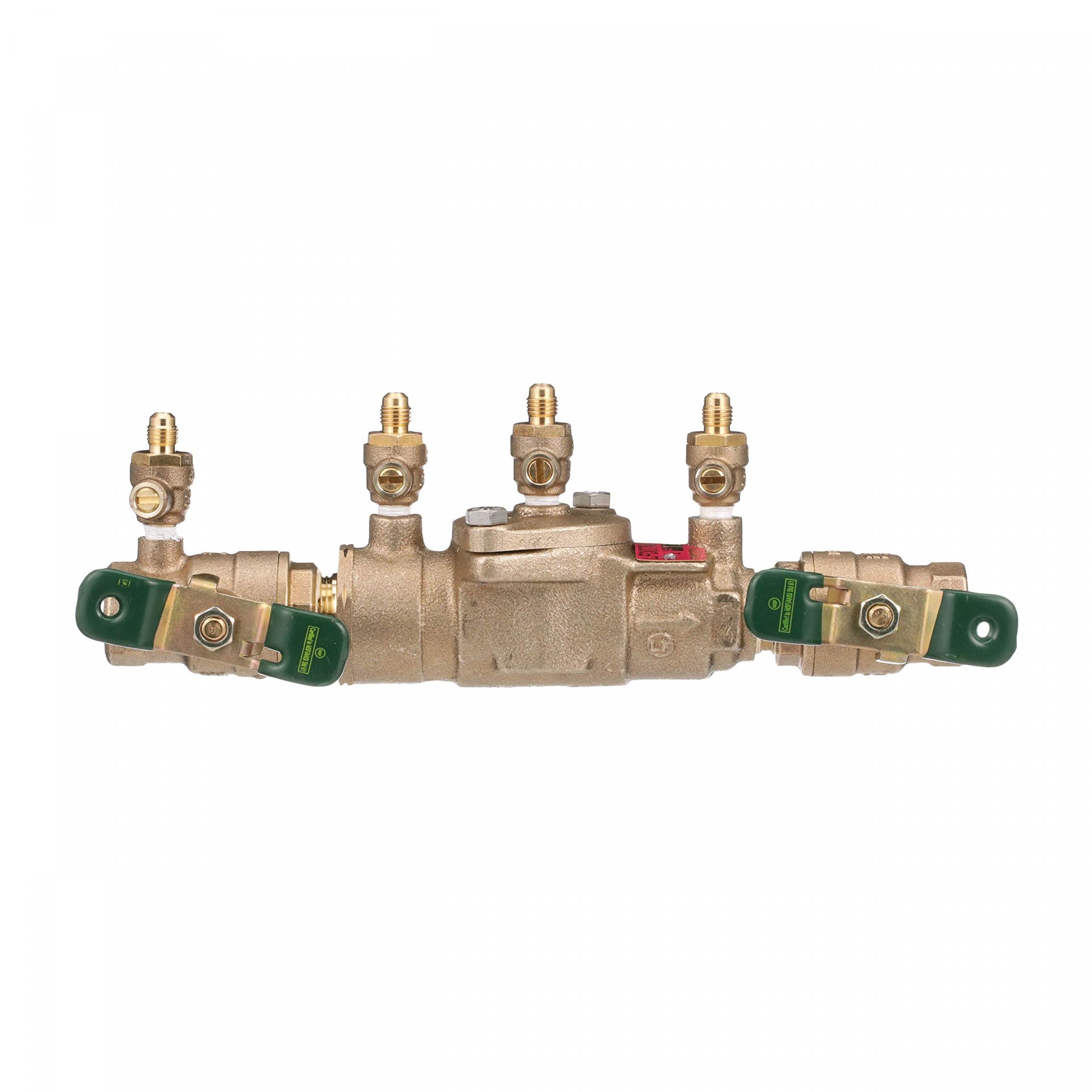
Exploring Valve Types and Materials
Double check valves are an important part of any backflow prevention. They are the workhorses of systems from drinking water distribution to wastewater treatment to industrial chemical feed.
Whether you choose a double check valve, consider the type and material. These five factors are important in achieving your pressure, flow, and chemical compatibility requirements! Selecting the appropriate design and build is key to achieving a long life without catastrophic failure.
It promotes straightforward maintenance, key in international arenas where water quality and supply criteria vary drastically.
Common Inline Valve Designs
Inline double check assemblies are available in a few common designs. The most popular inline designs include spring-loaded poppet, swing check, and ball check styles. Spring-loaded poppet valves utilize a spring mechanism to actuate a poppet against its seat, providing quick actuation and making them suited for high-cycle or high-pressure systems, such as those found in irrigation systems.
Swing check valves feature a hinged disc that swings open with the flow. When the flow direction reverses, the disc swings shut, making these valves ideal for low-pressure or gravity-fed systems. This design is particularly useful in applications where backflow prevention is critical.
Ball check valves are notable for their round ball that floats inside a cage. This ball seals against the seat, making them an excellent option for compact spaces where ease of cleaning is important. Their design allows for effective backflow prevention in various settings.
Ball check valves utilize a round ball that floats inside of a cage. This ball seals against the seat, which makes them an excellent valve option for spaces where compactness is a plus and where easy cleaning is important.
In summary, selecting the right inline double check valve assembly is essential for ensuring reliable performance in both residential and commercial applications, particularly in systems requiring backflow prevention.
Understanding Assembly Setups
Double check valves, for example, can be designed as modular cartridges or integrated assemblies. Many modular cartridges feature an external flow arrow to assist with proper installation.
These assembly setups accelerate installation while allowing for easy replacement, reducing downtime significantly. Integrated assemblies require a higher degree of effort to service but can provide a more compact footprint.
Knowing the assembly direction increases your troubleshooting efficiency and helps get that water back on quickly. It further influences your spare part choices as various ball cage configurations and seat heights affect performance.
Assembly layout has an impact on how easily leaks or wear can be detected, which is critical for safety and long-term operation.
Material Impacts: Pros and Cons
The materials selected have a large impact on the service life of double check valves. It further affects their performance as a whole.
Stainless steel has become the default material for valves due to its rust resistance and harsh chemical resistance. Brass is another popular choice, providing a good balance of strength and cost for use in potable water.
Polymers polymer end caps offer a lightweight, chemically resistant alternative, available for entire valve body. They tend to wear faster if used in high-pressure applications.
In addition, the ball and seat can be created from metals, ceramics or high-grade plastics. Each type offers different levels of sealing and wear.
Ball material grade is often selected based on the pressure and type of fluid for the application. For chemical systems, high-grade polymers or ceramics can prevent leaching and resist stress over time.
Innovations Shaping Future Valves
Recent innovations in double check valve technology have been aimed primarily at increasing safety and reducing maintenance. Smart sensors that can continuously track flow and detect leak indicators are already becoming a standard feature on some premium models.
Innovations producing future valves include new ball cage geometries and seat profiles that are optimized to reduce pressure drop. They increase sealing as the system turns on and off.
Lightweight composite bodies are making inroads for reducing system weight without sacrificing durability. These trends point to smarter, more efficient, and longer-lasting valves that can fit a range of pressures and fluids, from drinking water to complex chemical mixes

















